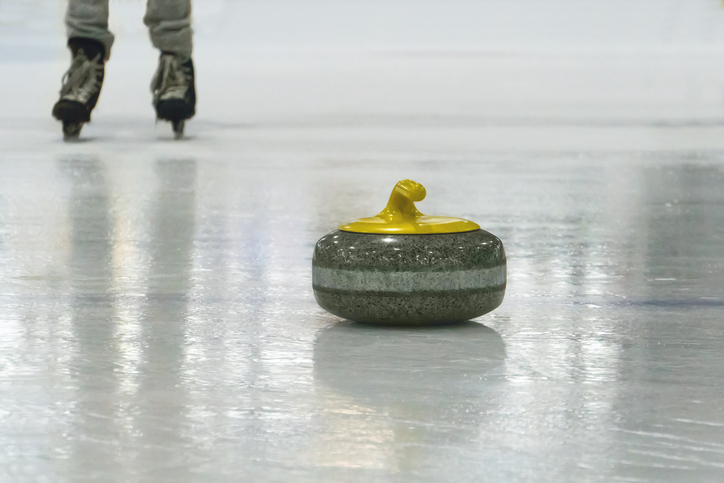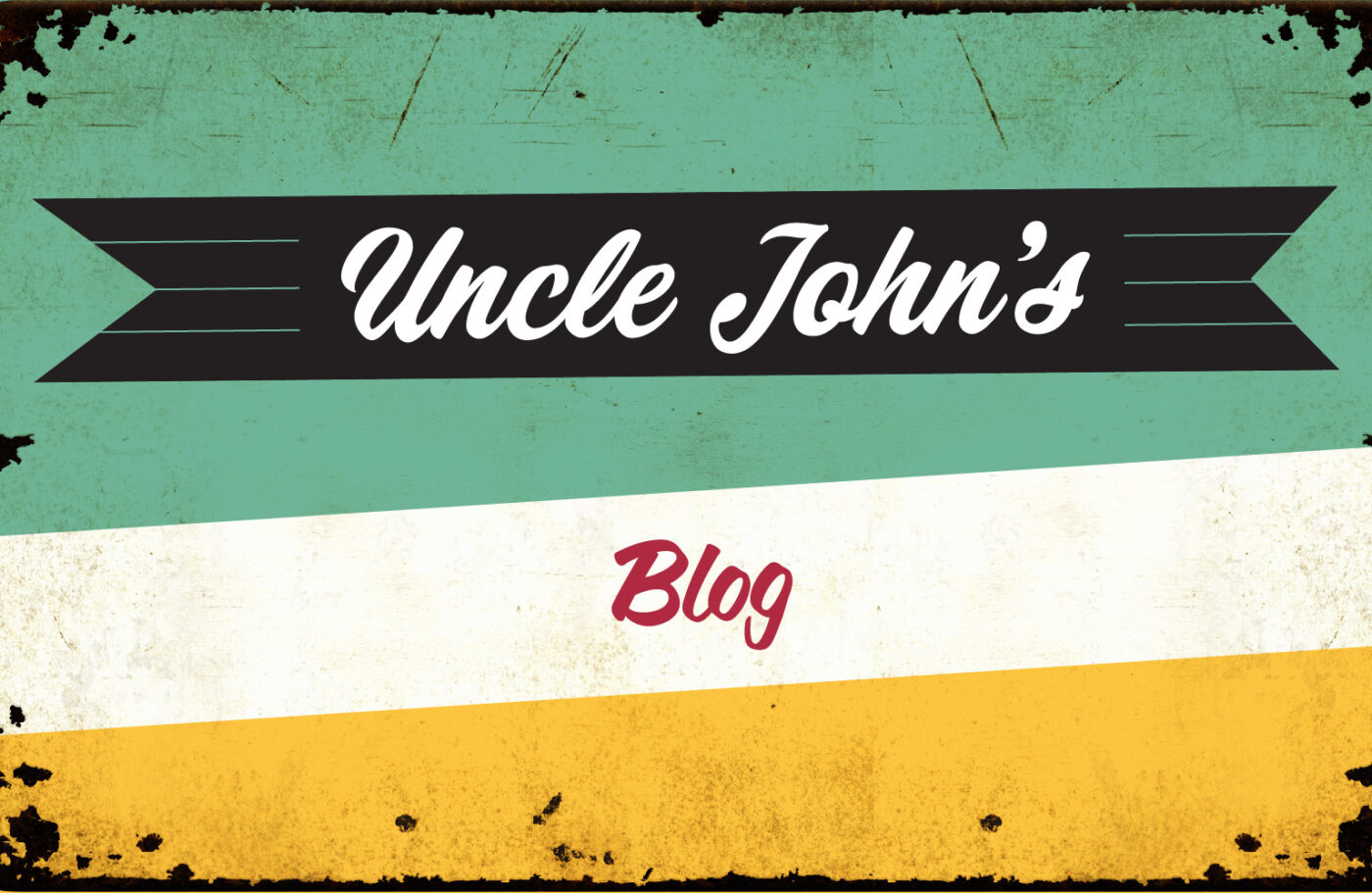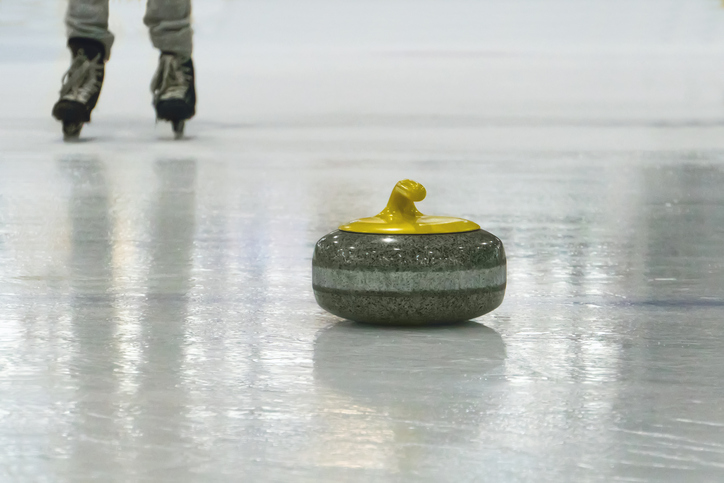We heard a lot of these words thrown around during the Olympics, and we had to wonder—what do they actually mean?

Curling
This sport, originating in Scotland and dominated by Canadians, involves sliding a stone across ice toward a target while other players sweep the ice in front of the stone to help the stone slide farther. It’s called “curling” because either the main stone-pusher (the curler) or the sweepers can alter their technique to make the stone curve or “curl” so as to better reach the target.
Luge
The most famous of all the Olympic “sliding sports,” luge features a person laying down with their backs on a sled and careening down an icy track at speeds of more than 80 miles per hour. The sport, not surprisingly, originated in the mountains of Switzerland. French is one of the languages spoken there, and in a certain Swiss dialect of French, the word luge means “little sled.”
Slalom
Of all the different kinds of Olympic skiing, the slalom events are the most nerve-wracking. Skiers have to travel down a run as fast as possible while also skiing around strategically placed poles or gates. Slalom is from the Norwegian word slalam. In one dialect, “sla” means “inclining hill” and “lam” means “ski tracks.” Over the years and as skiing developed in Norway, words ending in -lam described different ski trail difficulties. A slalam was a trail for beginners, but by the late 1700s it was used to describe a ski race.
Super-G
It’s a type of slalom skiing. The “G” stands for giant, because the course has wider-set gates than in other slalom races.
Skeleton
No, this variant of luge in which athletes speed down a hill on a sled headfirst isn’t called that because it looks so dangerous that participants look like they’ll wind up dead, i.e. a skeleton. The name is a poorly English-ized version of the Norwegian word for toboggan, which is kjaelke, pronounced “shell-kuh.”









